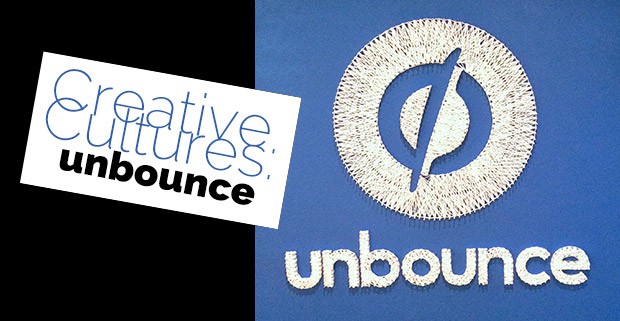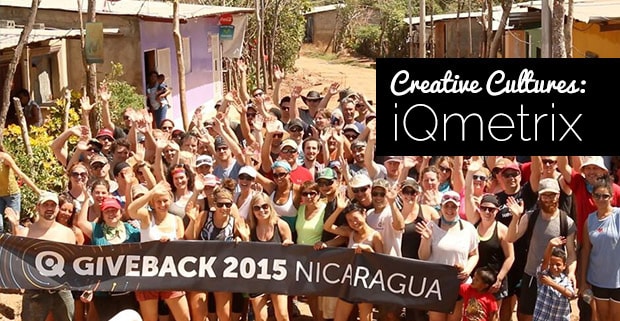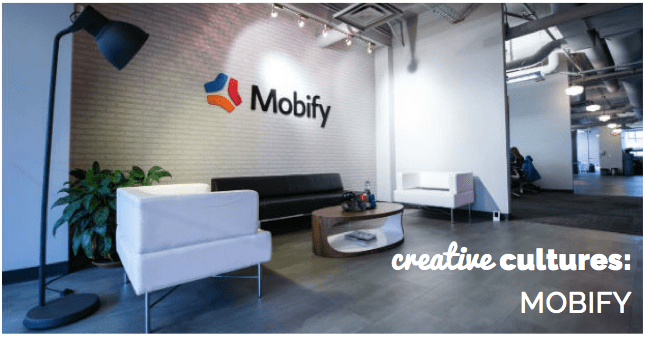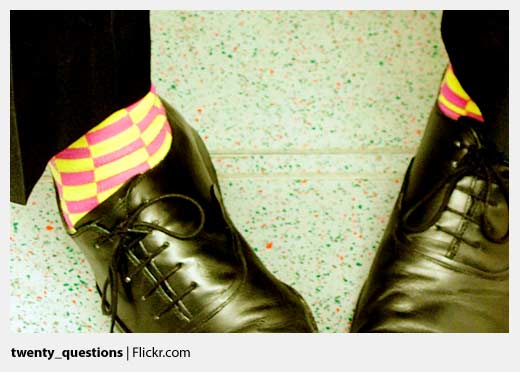In our Creative Cultures series, contributor Crystal Henrickson spends a day inside companies to learn how hiring, onboarding and company culture play a role in employee happiness. From startups to design firms and all in-between, we’re pulling back the curtain on what it’s like to work in inventive and productive environments.
When you think of a stereotypical tech startup, a scene of ping pong tables, foosball and beer on Fridays emerges. But every day at Unbounce, an eagerness and earnestness to create a welcoming space for team members and customers alike bucks the cliche. I spent a day visiting their Vancouver office to experience its forward-thinking and transparent approach to business myself.
Unbounce is a marketing company providing software for professional marketers to create, publish and test landing pages, without engaging a developer. The company, which was founded in 2009, has surged to more than 110 employees (and counting!), servicing over 10,000 customers with offices in Vancouver and in Montreal. Continue reading






